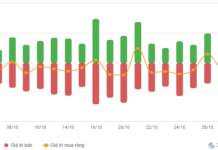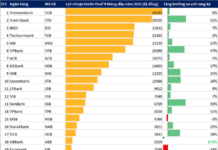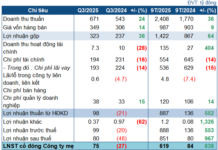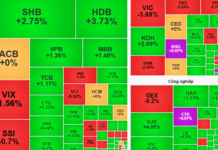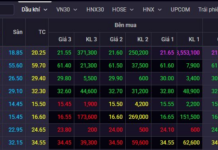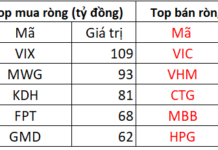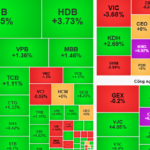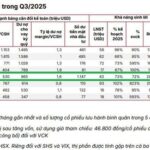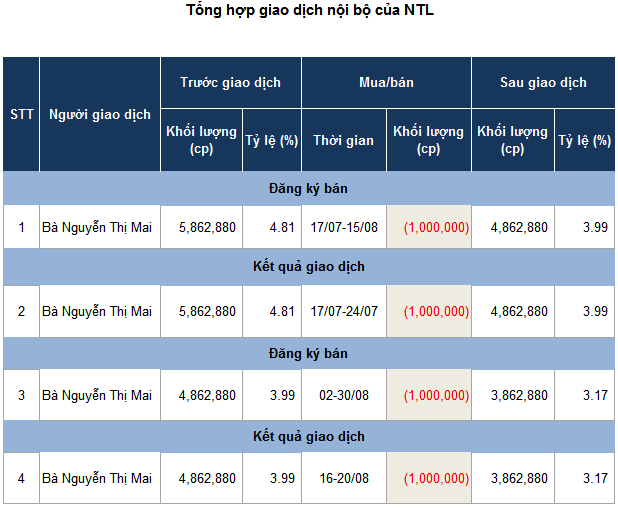US stocks rose on Friday, continuing their recovery from Monday’s sharp sell-off and ending the week near where they started, while oil prices also climbed, capping a strong week as economic optimism and rate cut hopes boosted sentiment.
At the close, the S&P 500 was up 0.47% at 5,344.16. The Nasdaq rose 0.51% to 16,745.30, while the Dow Jones added 51 points, or 0.13%, to 39,497.54.
By the end of the session, the S&P 500 – the broadest measure of US stocks – was just 0.04% lower than last week’s close. During Friday’s trade, the index briefly turned positive for the week but ultimately gave up some of those gains. The Dow – a measure of blue-chip stocks – and the tech-heavy Nasdaq fell 0.6% and 0.18%, respectively, this week.
This was the most volatile week for US stocks so far this year. On Monday, the Dow tumbled more than 1,000 points while the S&P 500 sank 3%, marking the latter’s worst performance since 2022.
Disappointing July jobs data from the US Labor Department, released last Friday, along with concerns that the Federal Reserve may have been too late in cutting rates, were the main triggers for the Wall Street sell-off. Another important factor was hedge funds exiting carry-trade positions in the Japanese yen, selling other assets to buy back the yen.
After the initial panic, investors looked to recover losses. On Thursday, better-than-expected weekly unemployment claims data eased fears of an economic recession, providing the catalyst for a rebound. The S&P 500 rose 2.3% on Thursday, its best day since November 2022, while the Dow gained about 683 points and the Nasdaq climbed nearly 2.9%.
At Monday’s lows, the S&P 500 was down nearly 10% from its recent peak, while the Nasdaq officially entered correction territory, falling more than 10% from its recent high. The VIX volatility index, a measure of investor fear, spiked to levels last seen during the Covid-19 pandemic and the financial crisis.
Investors have since returned to buy stocks, believing that recession fears were overblown. Additionally, the yen weakened against the dollar, reducing the pressure to sell stocks.
It wasn’t just stock prices that saw wild swings this week; US Treasury yields also experienced significant volatility. The yield on the 10-year Treasury note dipped below 3.7% at one point, then reclaimed the 4% level during Thursday’s session. By Friday’s close, the yield on the 10-year note hovered around 3.94%.
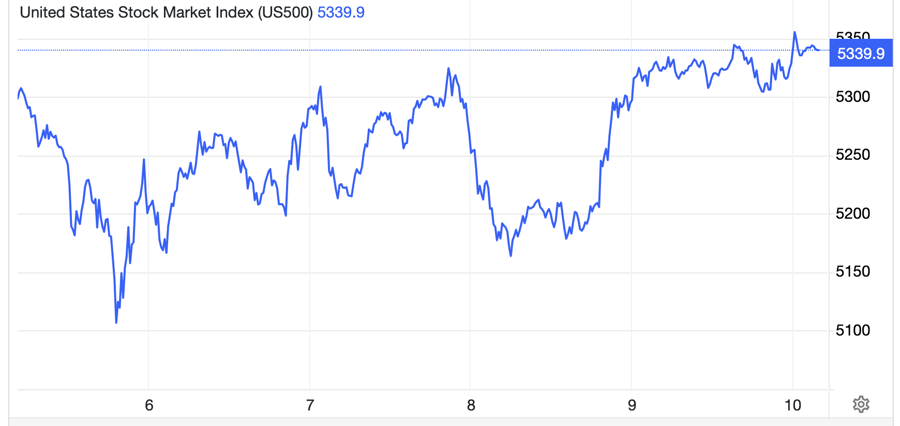
According to Jay Hatfield, CEO of Capital Advisors, such volatility is typical for US stocks towards the end of summer, when there is a lack of macroeconomic news and the earnings season is coming to an end. He believes that this volatility is not indicative of a worsening economy and is mainly driven by hedge fund position adjustments rather than long-term investors.
“Sell-offs and recoveries are normal for market behavior in August and September. Additionally, the low trading volume, hedge fund position adjustments, and so on contribute to the volatility. It doesn’t change our long-term outlook,” said Hatfield.
In the energy market, Brent crude for October delivery rose 0.5 USD per barrel, or 0.6%, to settle at 79.66 USD per barrel. WTI crude for September delivery gained 0.65 USD per barrel, or 0.9%, to settle at 76.84 USD per barrel.
For the week, Brent crude rose over 3.5%, while WTI crude climbed more than 4%.
Recession fears eased, expectations of a Fed rate cut as early as September, and Middle East geopolitical tensions all contributed to the rise in oil prices this week, following an eight-month low at the start of the week.
“Oil prices are in recovery mode. Geopolitical tensions seem to continue to support oil prices. Recession fears are not as intense as they were a few days ago,” said Dennis Kissler, vice president of BOK Financial.
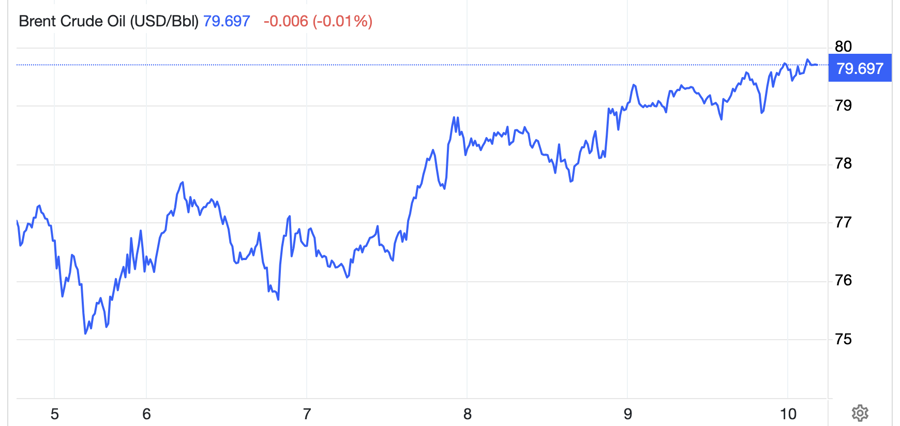
On Thursday, several Fed officials expressed optimism that inflation was cooling enough to allow for a rate cut. Additionally, Chinese inflation data released on Friday came in higher than expected, supporting oil prices as it signaled a potential pickup in consumption in the world’s second-largest economy.
“Given this backdrop, it wouldn’t be surprising to see oil prices climb back above $80 per barrel,” commented Pierre Veyret, an analyst at ActiveTrades.
Market Update on February 3rd: Crude oil, gold, copper, iron and steel, and rubber all decline together.
At the close of trading on February 2nd, the prices of oil, gold, copper, steel, rubber, and coffee all saw a simultaneous decrease, with iron ore hitting a two-week low.


